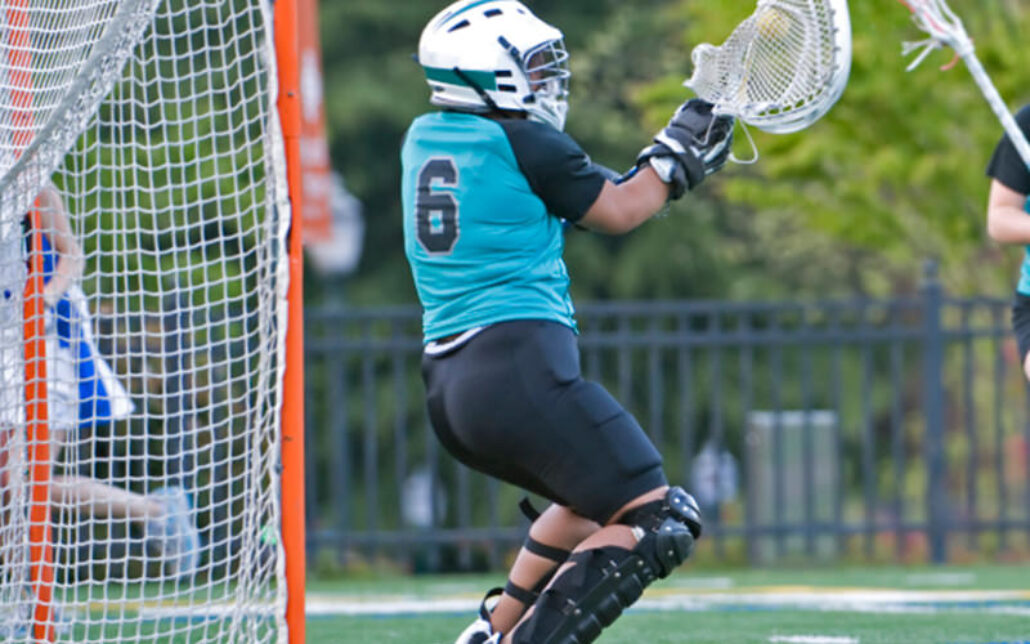Young athletes often experience groin pain and soreness. Sports medicine surgeon Dr. Skendzel explains the indicators that pain might be a sign of more serious injury.
Groin pain is common among active boys and girls, particularly if these young people play soccer, football, or hockey, or if they are dancers or runners. But when does a child’s complaint flag a problem that requires specialized medical attention? Dr. Jack Skendzel specializes in diagnosing groin pain, and offers some guidelines for concerned parents.
“There are a huge number of conditions that could cause groin pain, and that’s why getting a correct diagnosis is critical,” Dr. Skendzel explains. “The causes can range from simple strain to hip flexor, SI joint, or abductor issues, hernias, bursitis, cartilage damage, or hip impingement requiring surgery. Not every practitioner has the sub-specialty knowledge to accurately diagnose these problems. It takes a team like ours, with the skills, interest and a background in hip disorders to order the proper x-rays and do a thorough physical exam.”
Dr. Skendzel counsels that when a child’s pain is interfering with ability to perform, a parent should seek a diagnosis. “Parents should be alert for any type of groin pain that doesn’t get better,” he says. “This includes persistent or recurring pain, pain that prevents a child from functioning at a high level or competing in sports, pain while sitting at school or during prolonged car rides, pain while getting out of the car, pain while going from a sitting to standing position, pain while going up and down stairs, or pain while putting on shoes, socks, or hose. Potentially, these symptoms could be caused by a labral tear and impingement.”
Treatments are as varied as the conditions that cause groin pain. “If hip impingement is the issue, we can treat pain with options including therapy, hip injections into the hip flexor, joint, or bursa, activity modification, or surgery,” explains Dr. Skendzel. “One of the advantages Summit offers is access to an awesome team of qualified non-operative sports medicine physicians offering non-operative treatment for groin issues too. Having the support of my non-operative partners is important to continuity of care and to ensuring appropriate care for my patients.”
“It really takes a comprehensive physical exam and imaging to properly diagnose these patients,” Dr. Skendzel concludes. “Just because you see a labral tear on an MRI doesn’t automatically mean that the patient needs surgery. The worst thing I could do is send a patient for a surgery that would not stop the source of the pain. It’s really important to me to make sure all the puzzle pieces fit together. At Summit, our specialized training means patients get a comprehensive physical exam, conducted with an understanding of joint anatomy, that results in an accurate diagnosis.”
Summit Orthopedics offers comprehensive sports medicine expertise
From Olympians to pro athletes to kids in youth sports and those that just want to be more active—Summit Orthopedics delivers expert care by fellowship-trained sports medicine physicians. If you are recently injured or concerned about ongoing pain, Summit Orthopedics sports medicine specialists have the expertise to evaluate your discomfort and develop a plan to quickly and safely help you get back to being active.
Start your journey to stronger, healthier athletic condition. Find your sports medicine expert, request an appointment online, or call us at (651) 968–5201 to schedule a sports medicine consultation.
Summit has convenient locations across the Minneapolis-St. Paul metro area, serving Minnesota and western Wisconsin. We have state-of-the-art centers for comprehensive orthopedic care in Eagan, MN, Vadnais Heights, MN, Plymouth, MN, and Woodbury, MN, as well as several additional community clinics.
More resources for you
- A Rare Meniscus Transplant Surgery Gives A Young Girl A New Lease On Life
- Soccer Safety: Sports Medicine Tips For Injury Prevention

